When the temperature soars, most people instinctively reach for the air conditioner remote. But new research from the University of Sydney’s Heat and Health Research Centre and the Monash University Sustainable Development Institute suggests that the humble electric fan could be one of our most powerful tools against extreme heat-related illness.
Published in the Medical Journal of Australia’s Insight+ (2025), the study challenges old assumptions and offers a data-backed reminder: sometimes, simple airflow can be a literal lifesaver.
The Hidden Health Crisis Behind the Heat
Extreme heat already causes an estimated 489,000 deaths every year worldwide — a number expected to rise as our planet warms. These deaths often stem from heatstroke, dehydration, and cardiovascular strain, which can overwhelm the body when it struggles to shed excess heat.
Older adults, people with chronic health conditions, and those taking certain medications (especially anticholinergics) are particularly at risk because their bodies cool less efficiently.
Until recently, health authorities were cautious about recommending fan use in heatwaves, fearing that fans could make things worse when the air itself was too hot. But the new Australian research shows that fans are not only safe — they can actually prevent heat-related illness when used correctly.
What the Science Says
Researchers from the University of Sydney and Monash reviewed laboratory and real-world studies on how fans affect the body during extreme heat. Their findings are eye-opening:
-
Fans reduce cardiovascular strain, helping the heart work less to regulate body temperature.
-
For healthy adults, fans remain effective up to 39 °C; for older adults, up to 38 °C; and for older adults on certain medications, up to 37 °C.
-
Combining fan use with skin wetting (for example, misting or using a damp cloth or cooling towel) further improves cooling efficiency even beyond these temperatures.
-
A fan-first strategy could dramatically lower electricity demand — by up to 70% across Australian households — reducing the strain on power grids and keeping cooling affordable for those most at risk.
In short: fans can protect both your health and your wallet, if you know how and when to use them.
Why Airflow Matters
Heat illness happens when the body can’t lose enough heat through sweat evaporation and blood flow to the skin. Fans boost this natural cooling process, moving air across the skin and accelerating evaporation.
When humidity is moderate and airflow is strong, even a small fan can lower core body temperature and prevent dangerous spikes in heart rate and blood pressure — key markers of heat stress.
This simple, low-tech approach makes fans an essential first line of defence — especially in regions where power outages, energy costs, or vulnerable populations make air-conditioning unreliable or inaccessible.
A Healthier Way to Stay Cool
For Australia’s increasingly hot summers, the takeaway is simple:
👉 Use fans early and intelligently. Start them before indoor temperatures peak.
👉 Pair with hydration and skin moisture. A damp cloth, spray bottle, or portable misting fan can amplify cooling.
👉 Watch your thresholds. When indoor temps exceed 37–39 °C, combine fan use with other cooling strategies or relocate to a cooler space.
👉 Look out for at-risk neighbours and family. Older adults and those with health conditions benefit most from a proactive fan-first approach.
Our CapyCool Mission
At CapyCool, our mission has always been about practical cooling that protects people, not just comforts them.
The research reinforces what we’ve believed from day one — that accessible, efficient cooling can play a real role in public health.
Whether it’s a tradie on-site, a warehouse worker, or a parent caring for a baby, the principle is the same:
Keeping cool means keeping healthy.
That’s why our portable fans are engineered for reliability, airflow efficiency, and flexibility — so Australians can stay protected even when the mercury climbs.




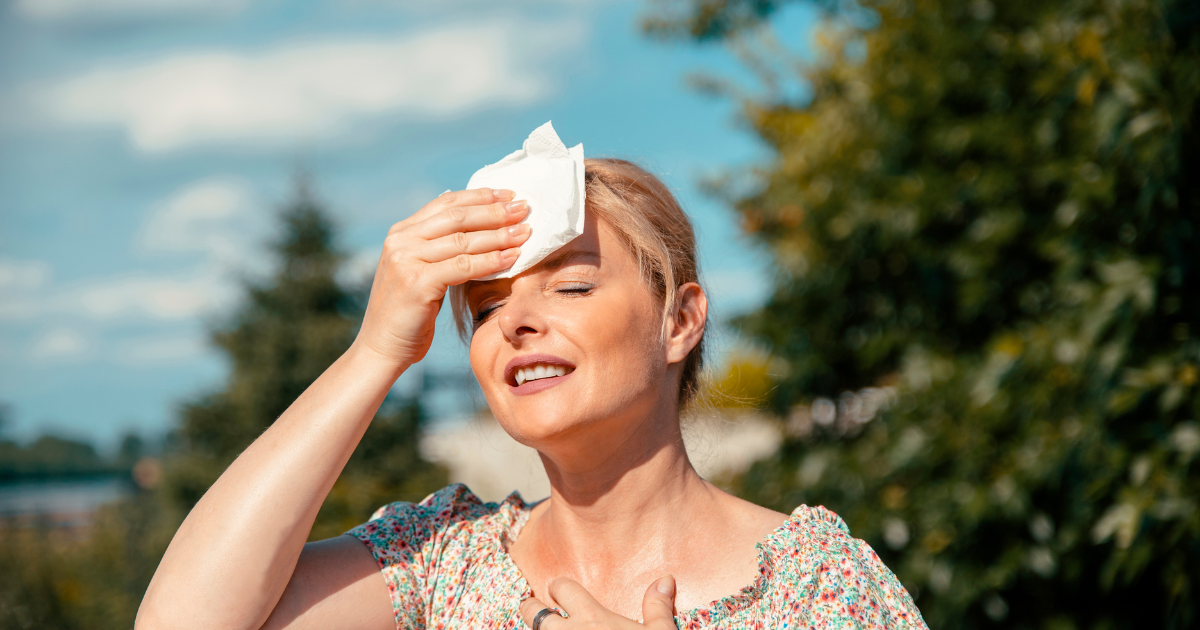

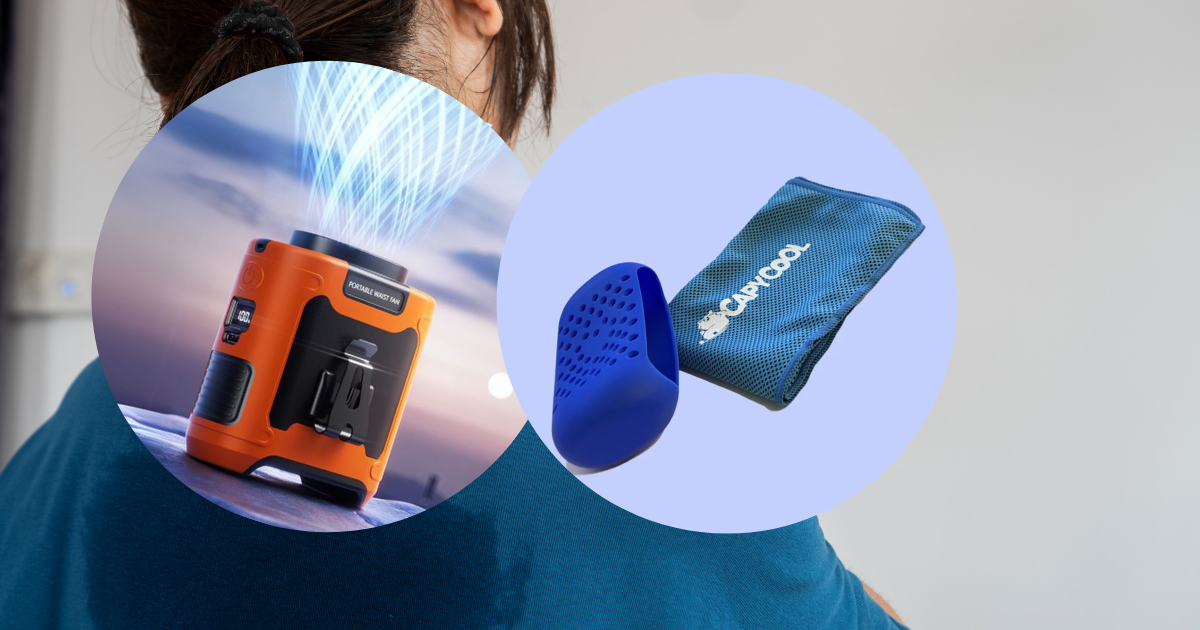

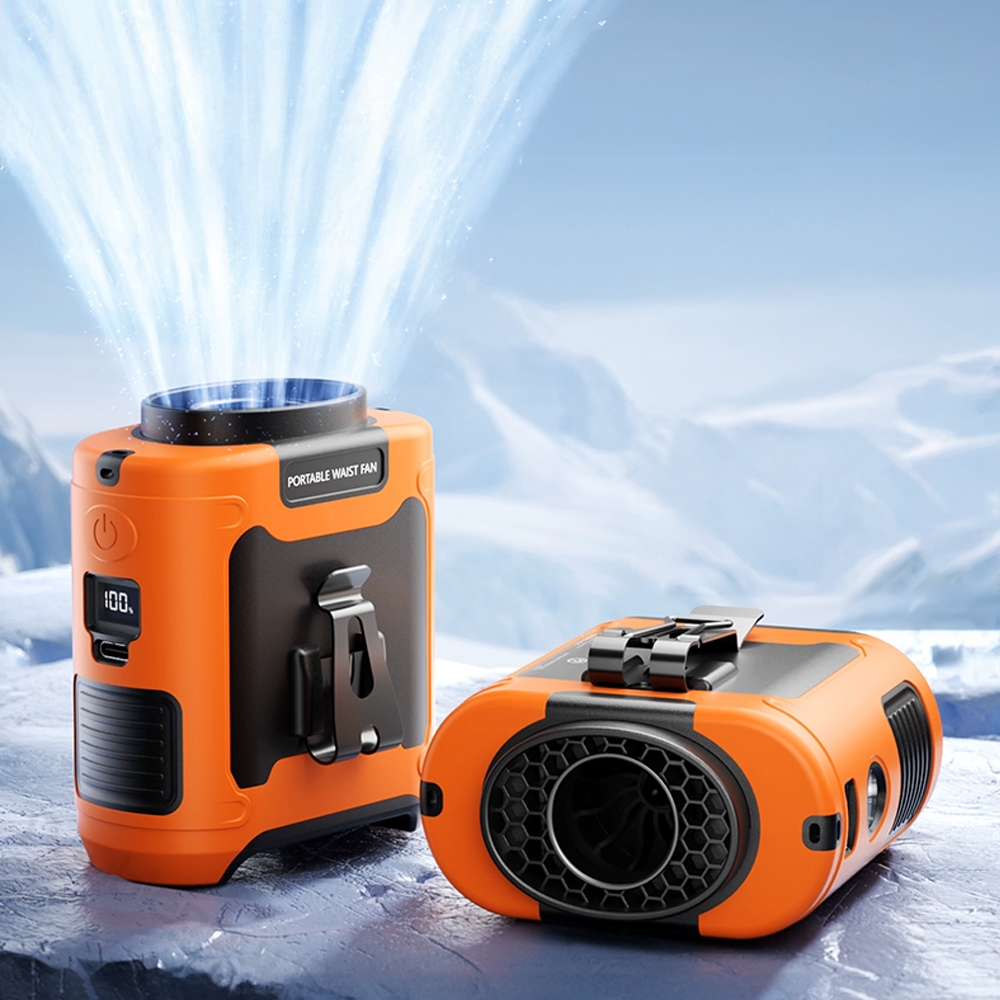
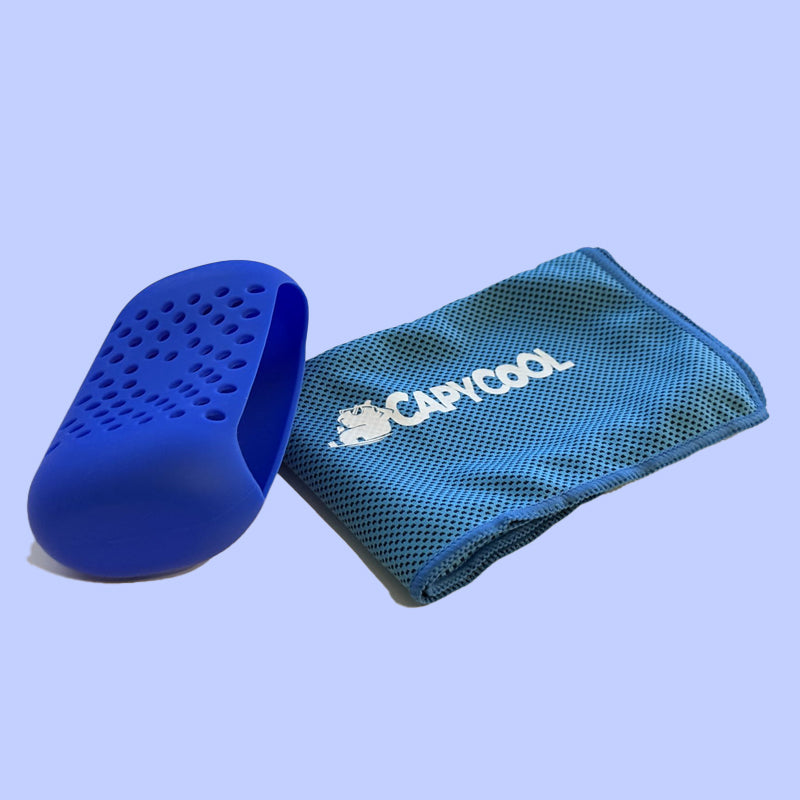
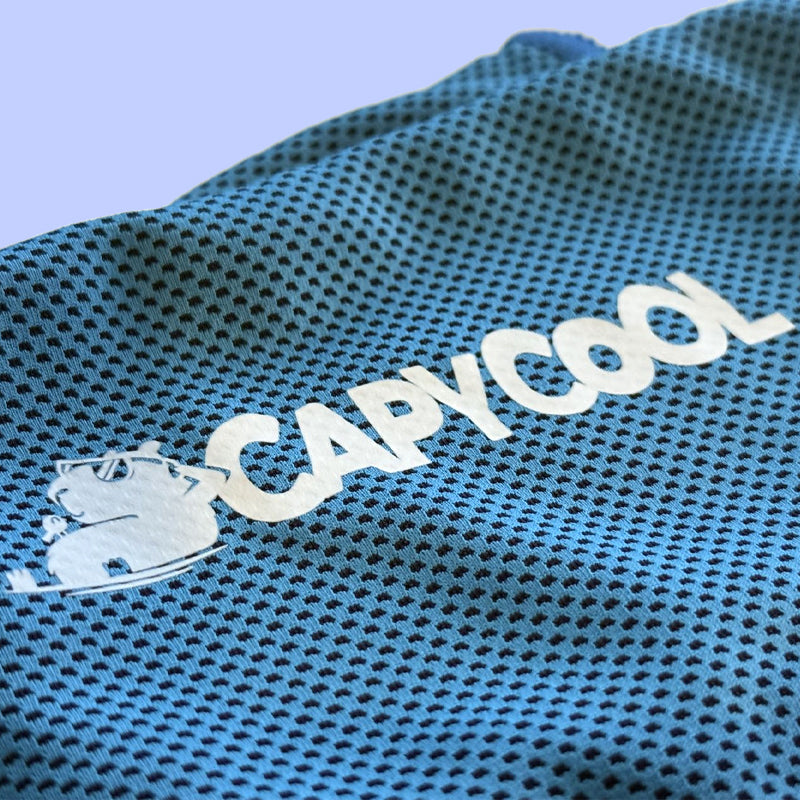
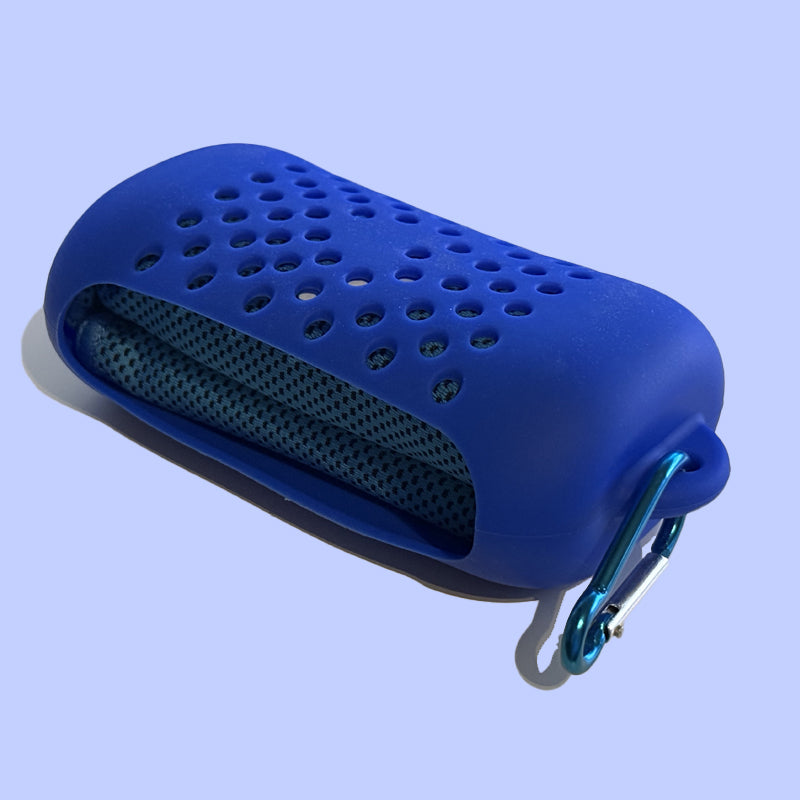
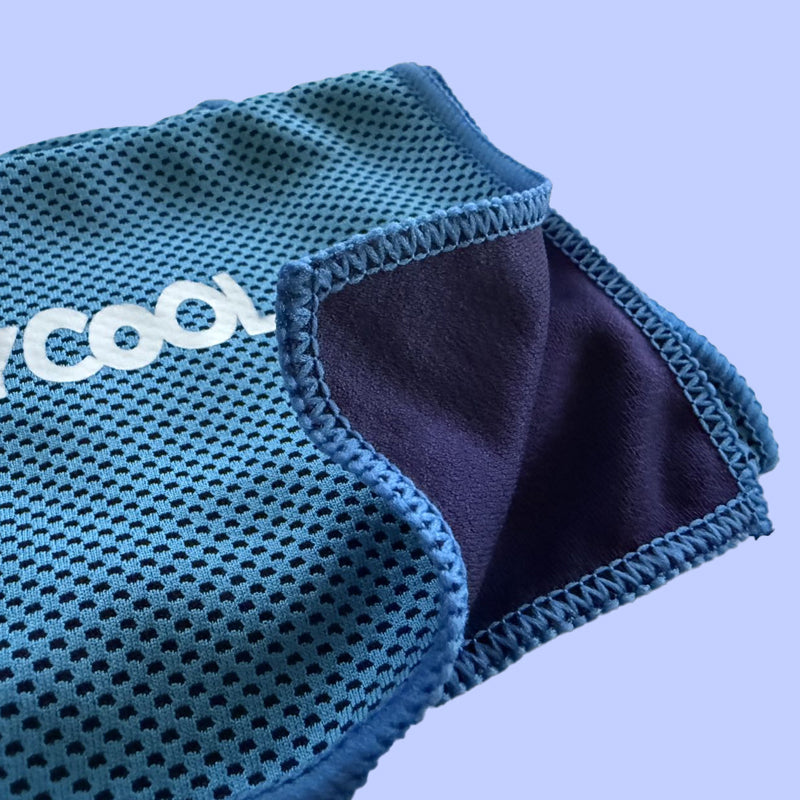
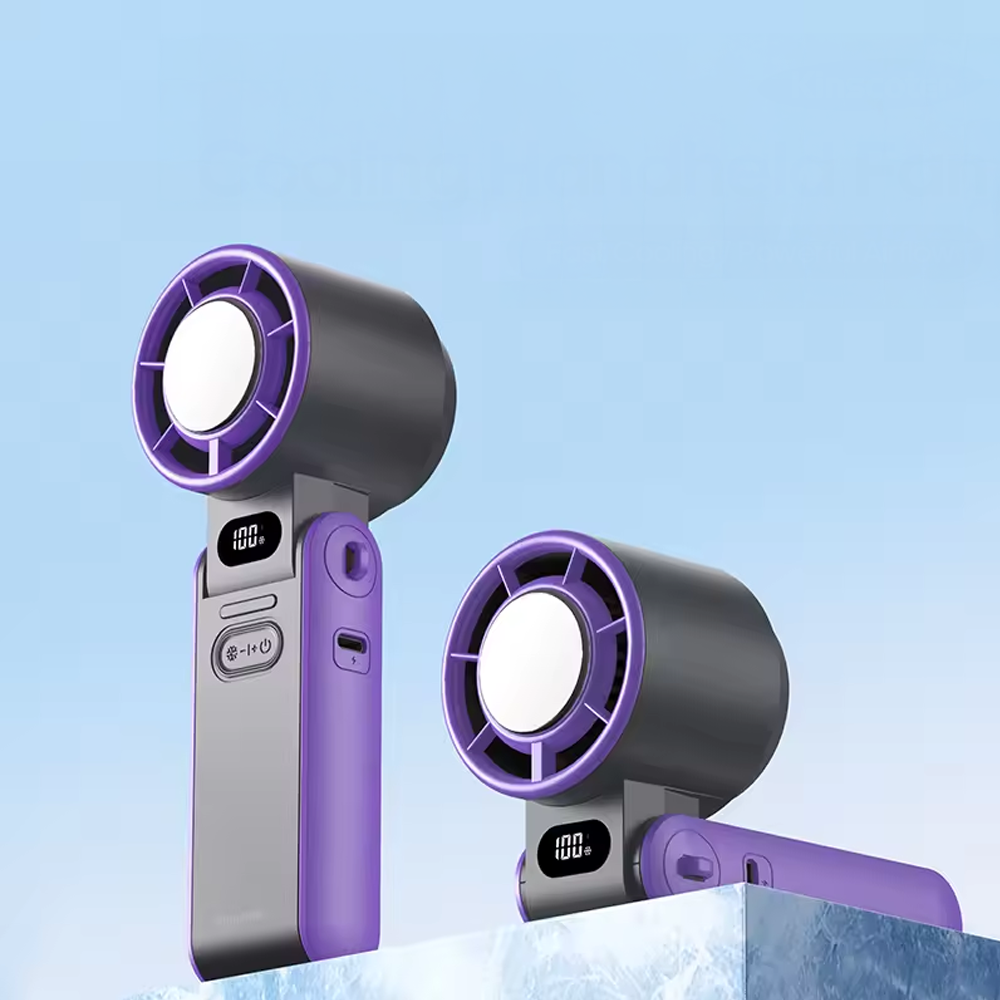
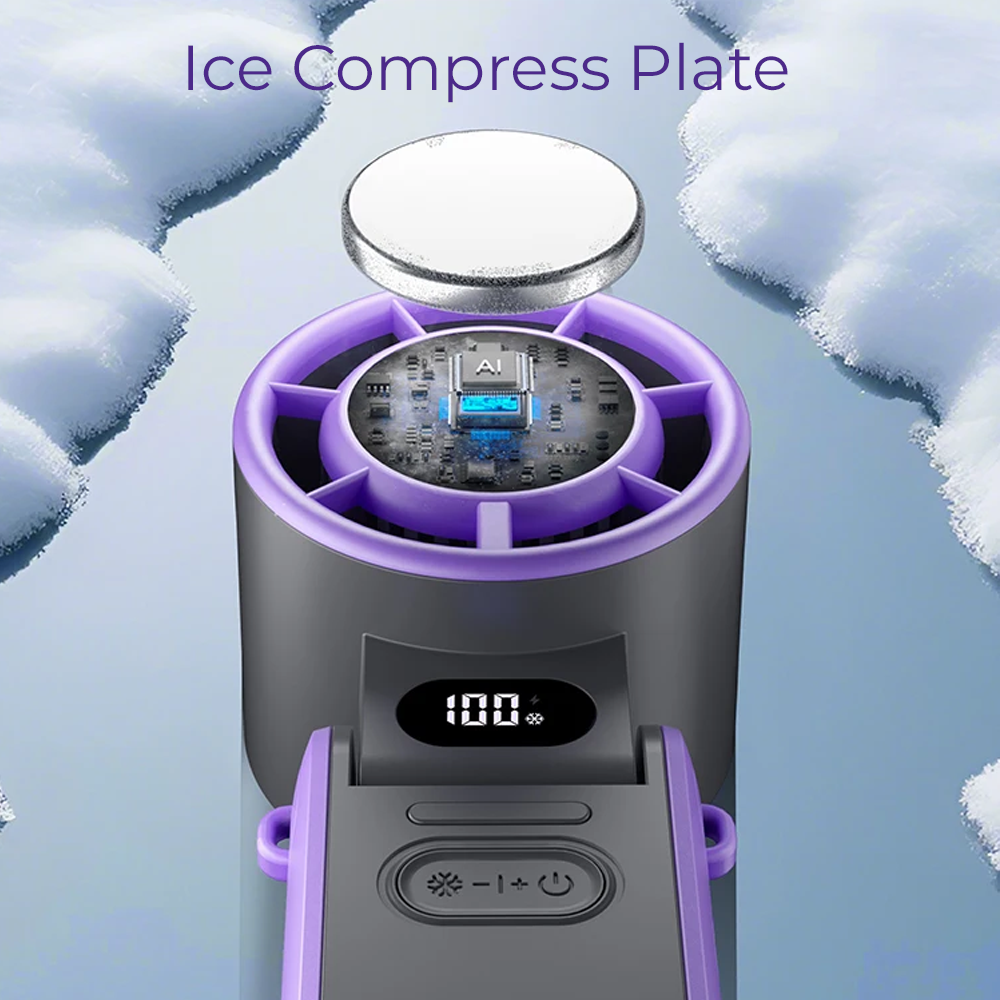
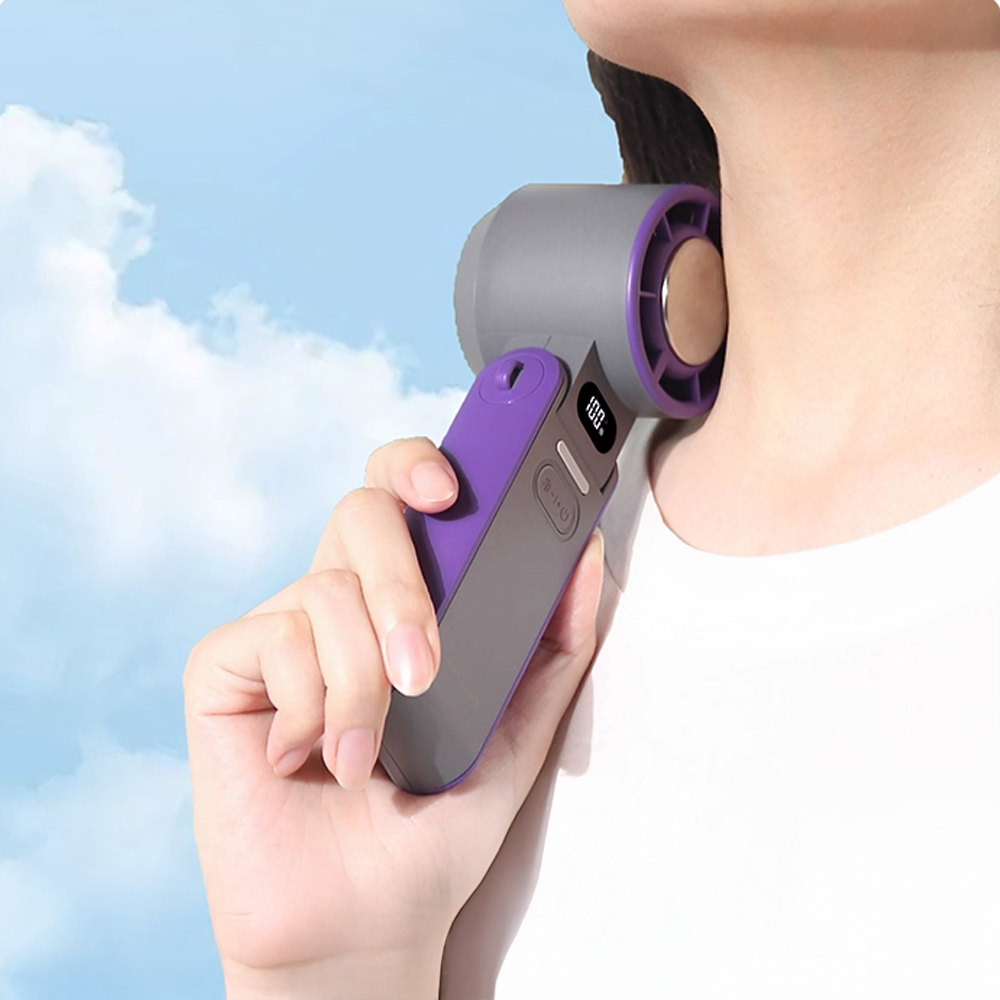
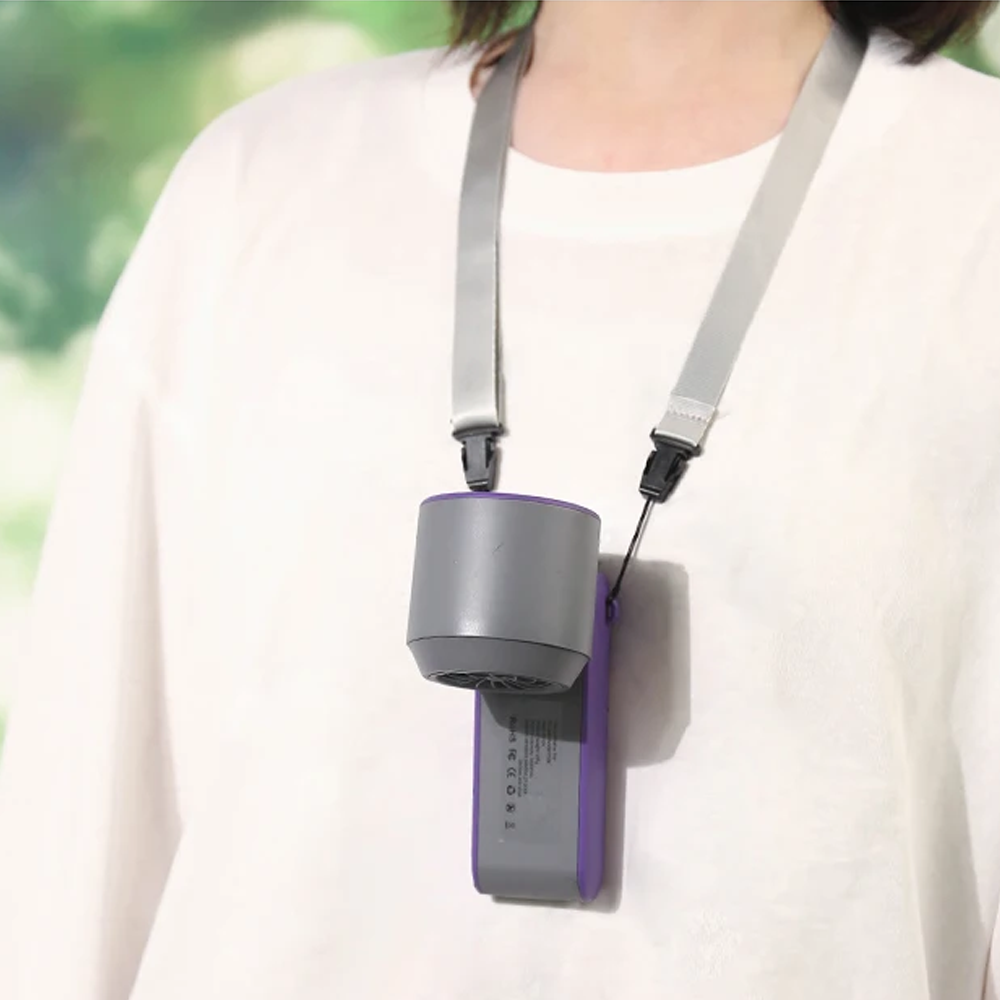
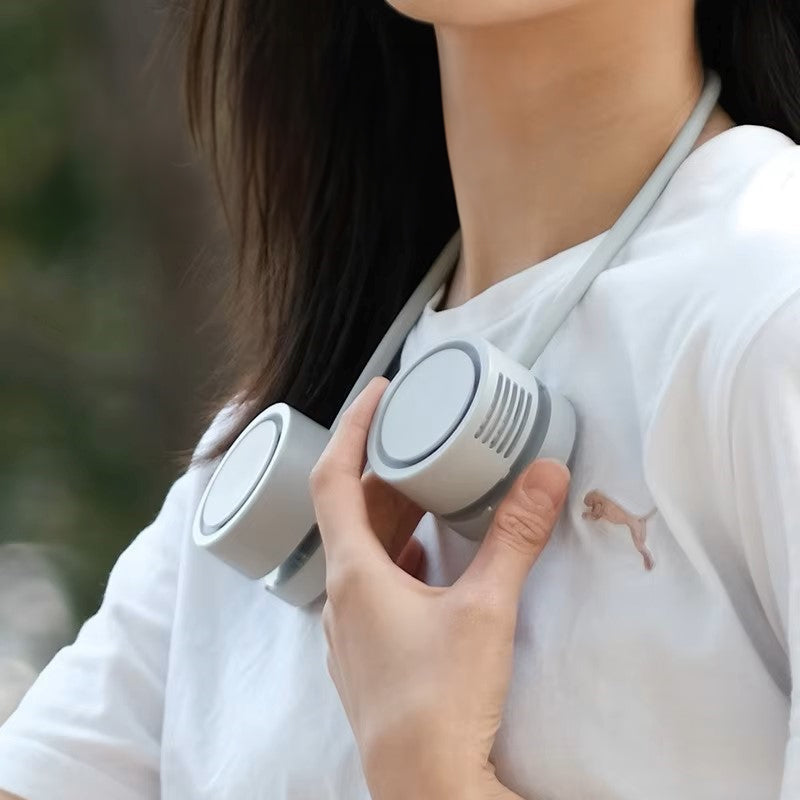

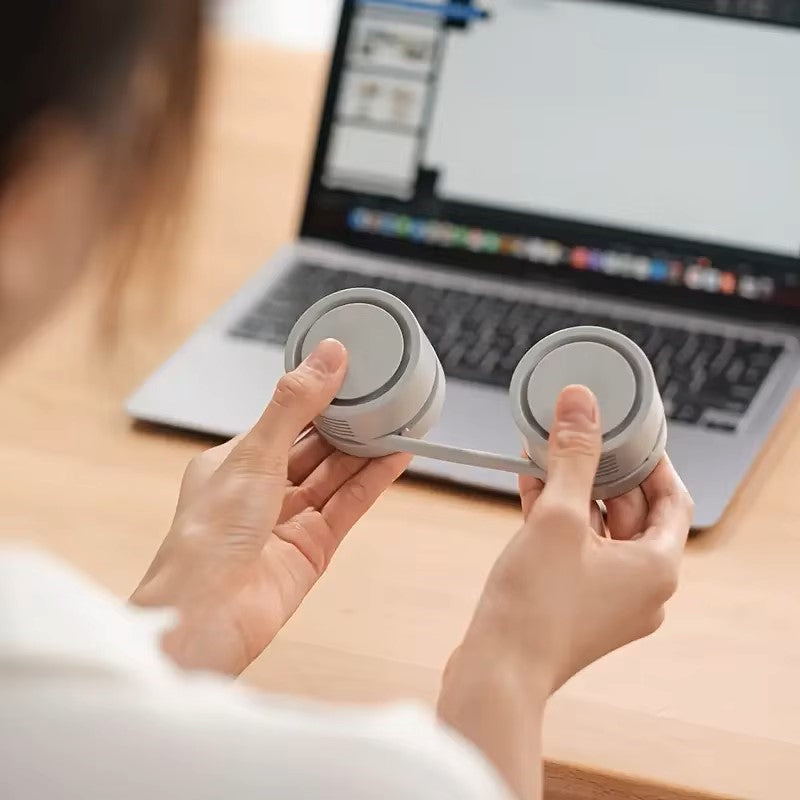
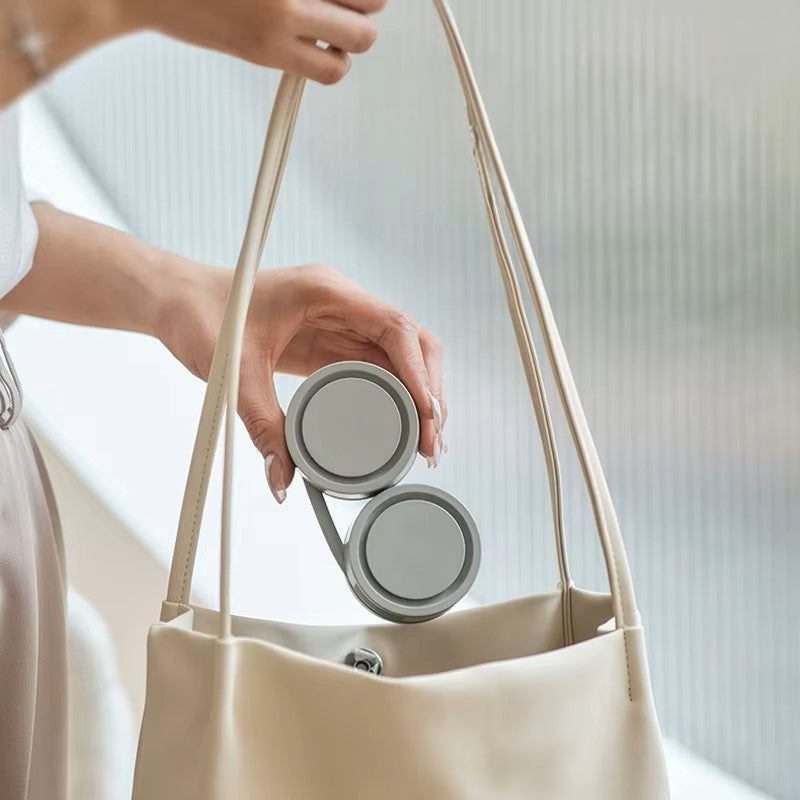
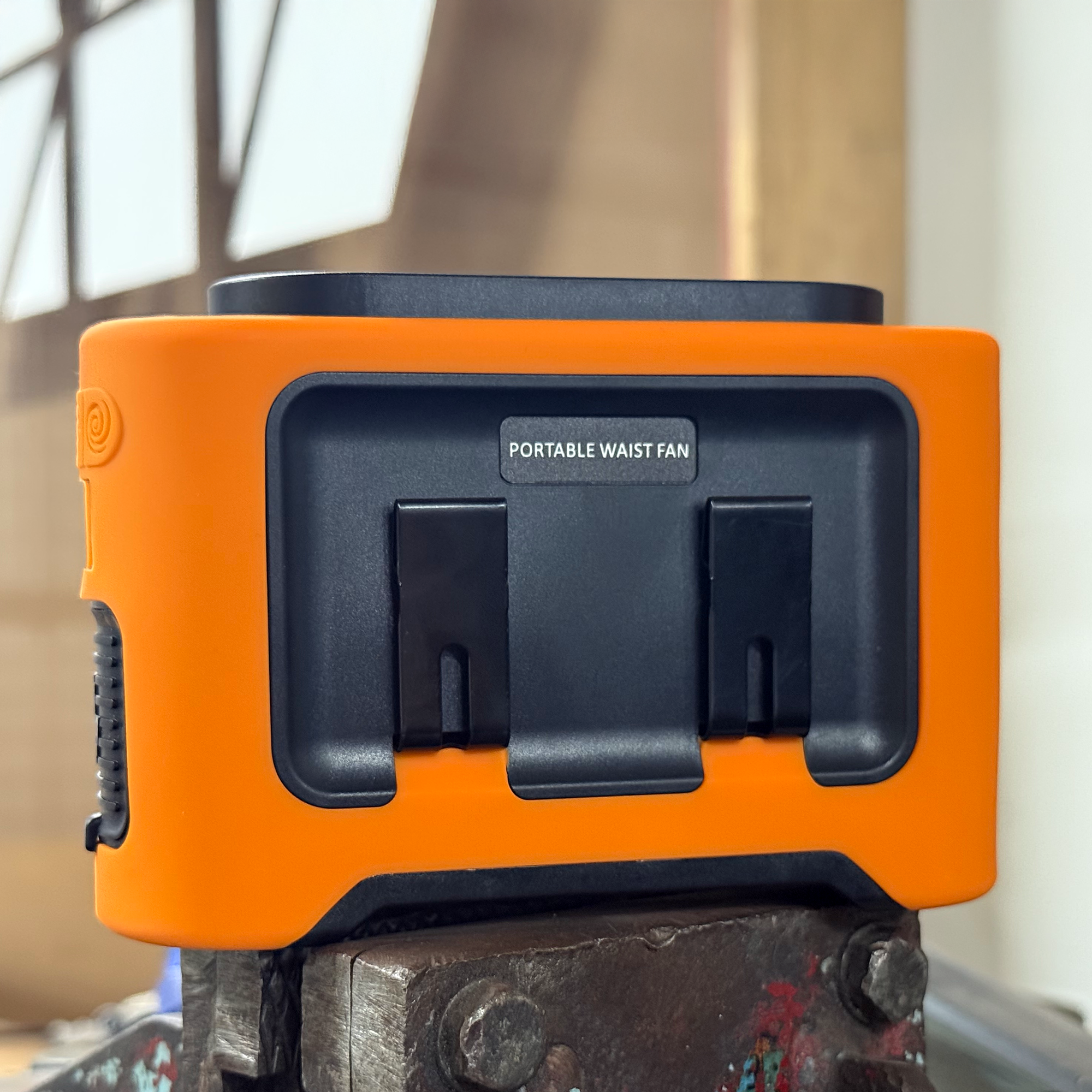
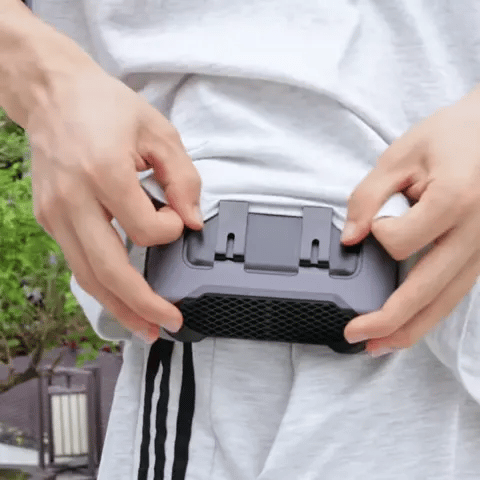
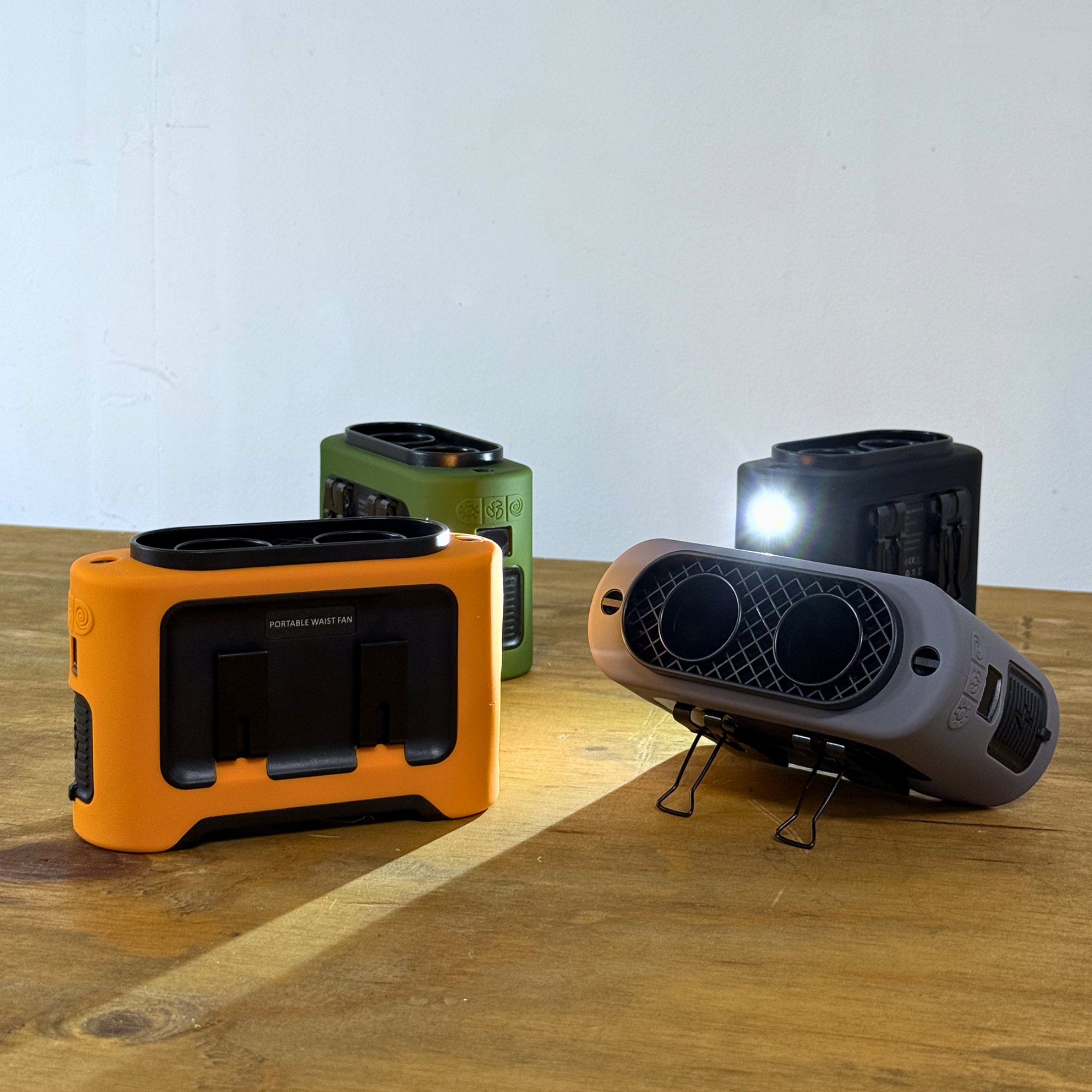
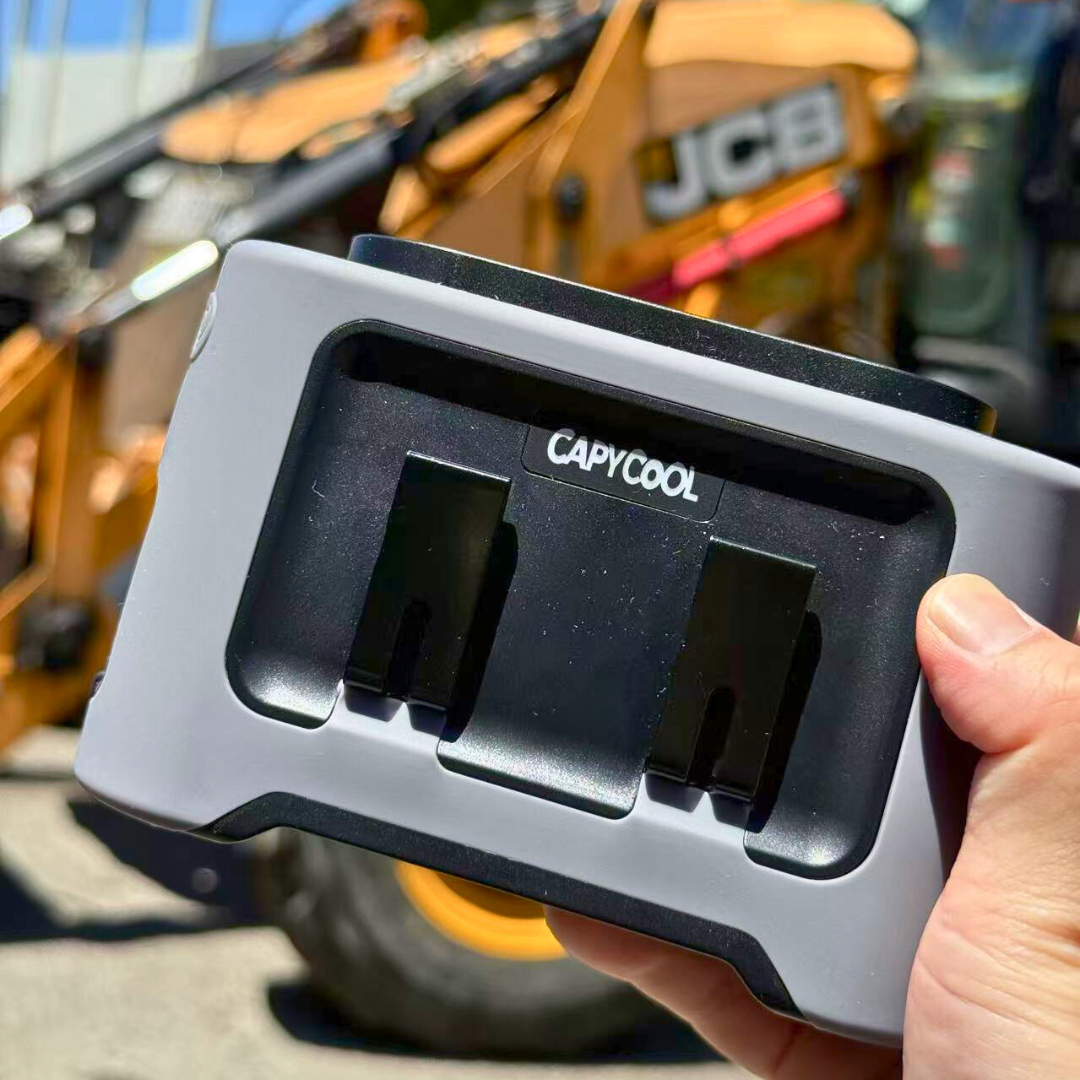
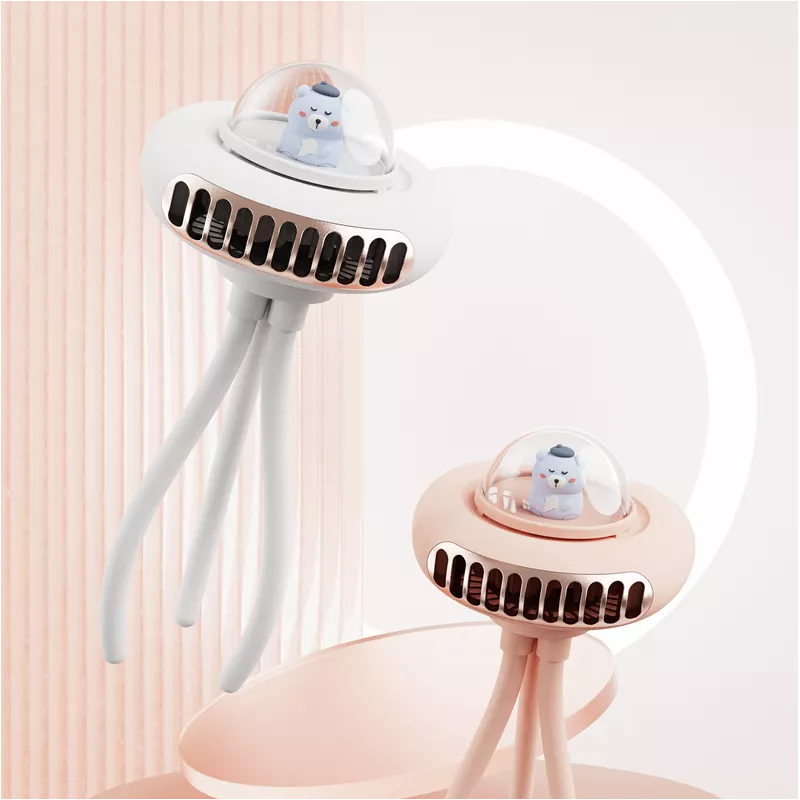
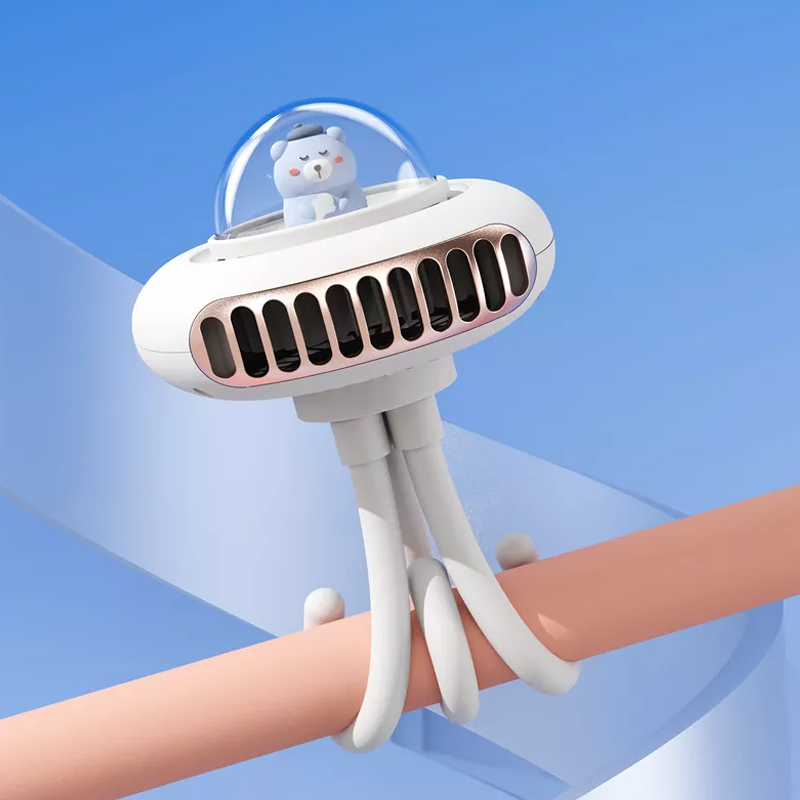
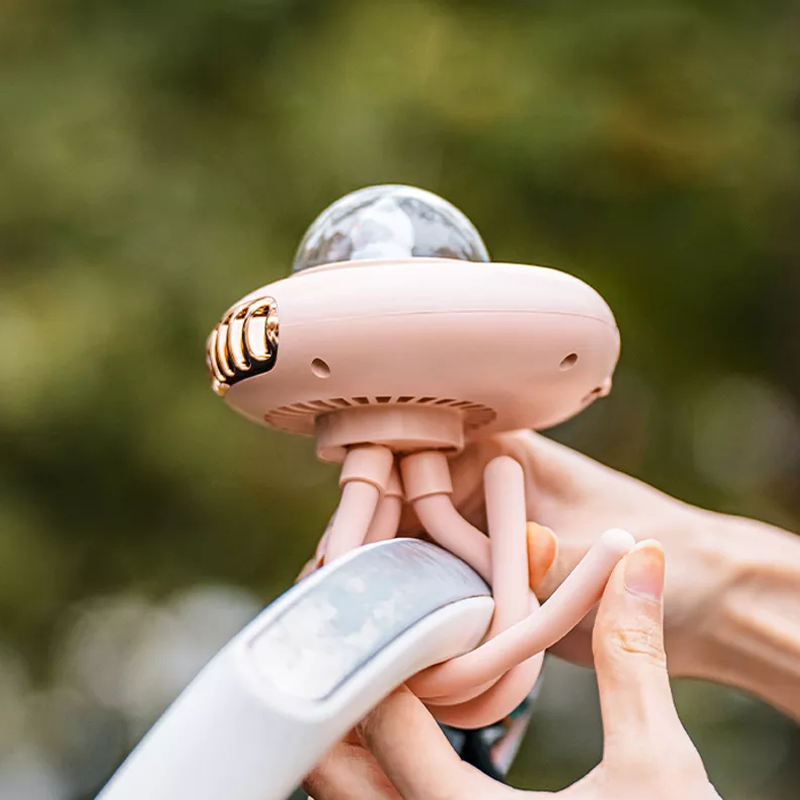
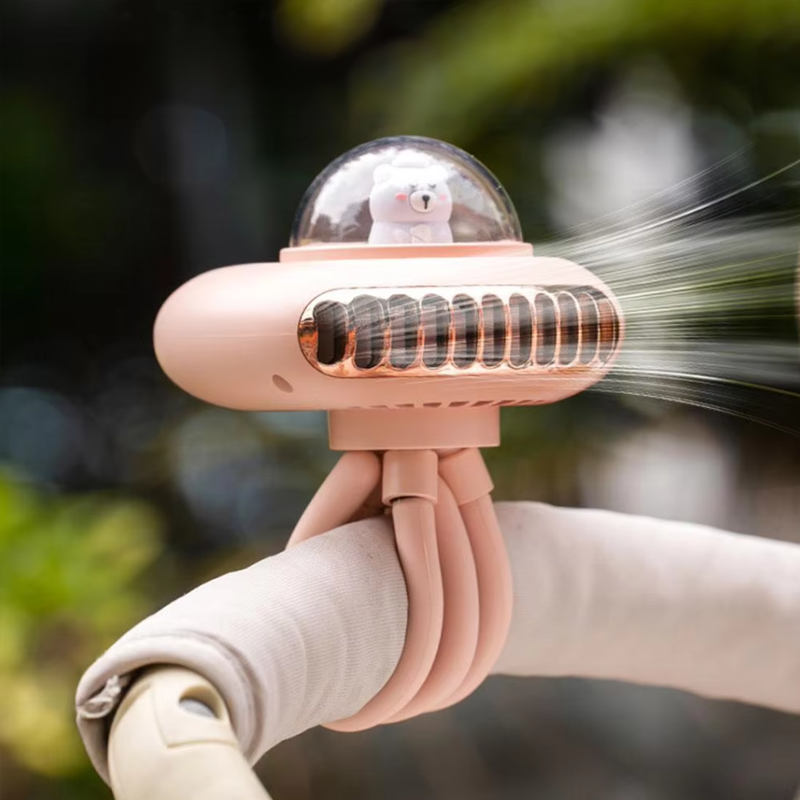
Share:
Coolest 2025 Halloween Gifts in Australia
The Proven Power of Pairing a Cooling Towel with a Portable Fan: Backed by Research